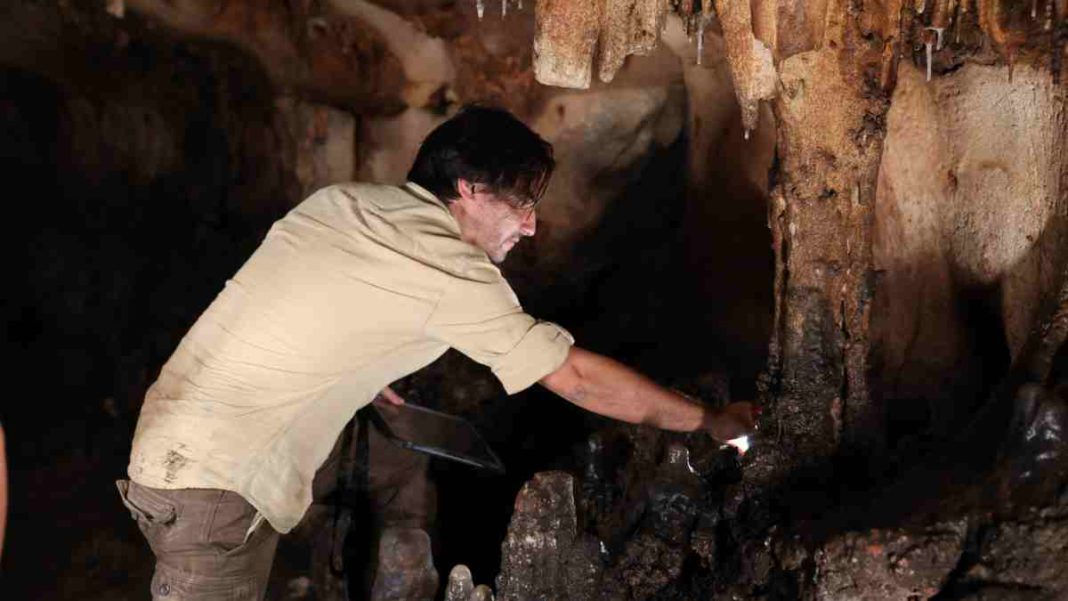SPAIN: In a groundbreaking archaeological discovery, researchers have uncovered a remarkable collection of Palaeolithic cave art in Spain, dating back an astonishing 24,000 years.
This ancient treasure trove, consisting of over a hundred individual designs, was found deep within the cavernous expanse of the 1,600-foot “Cova Dones” or “Cueva Dones” cave, nestled in the eastern Valencia region of Spain’s municipality of Millares.
Aitor Ruiz-Redondo, Senior Lecturer of Prehistory at the University of Zaragoza and a research affiliate at the University of Southampton, expressed the significance of this find, stating, “When we saw the first painted auroch [extinct wild bull], we immediately acknowledged it was important. Although Spain is the country with the largest number of Palaeolithic cave art sites, most of them are concentrated in northern Spain.”
He continued, “Eastern Iberia is an area where few of these sites have been documented so far,” emphasizing that the true magnitude of its importance became apparent after further investigation.
Once the team conducted a systematic survey, they realized they had encountered a significant cave art site, comparable to those found in southern France, Cantabrian Spain, or Andalusia, but previously absent in this region.
Notably, this site is believed to contain the highest quantity of individual designs or motifs ever discovered at a Palaeolithic location in Europe since the remarkable findings in Spain’s northern Basque region’s Atxurra cave in 2015.
The artwork within Cueva Dones showcases a variety of animal designs, including portrayals of hinds, horses, aurochs, and deer.
What sets this discovery apart is the prevalent use of clay in these paintings, a rarity among Palaeolithic sites. According to Ruiz-Redondo, “Animals and signs were depicted simply by dragging the fingers and palms covered with clay on the walls.”
He explained, “The humid environment of the cave did the rest: the ‘paintings’ dried quite slowly, preventing parts of the clay from falling down rapidly, while other parts were covered by calcite layers, which preserved them until today.”
While this groundbreaking research is still in its initial phases, the possibilities for documenting and exploring the secrets hidden within Cueva Dones are abundant, promising further insights into our prehistoric past.
Also Read: Lost City of Atlantis: Facts and Myths Revolving Around the City



